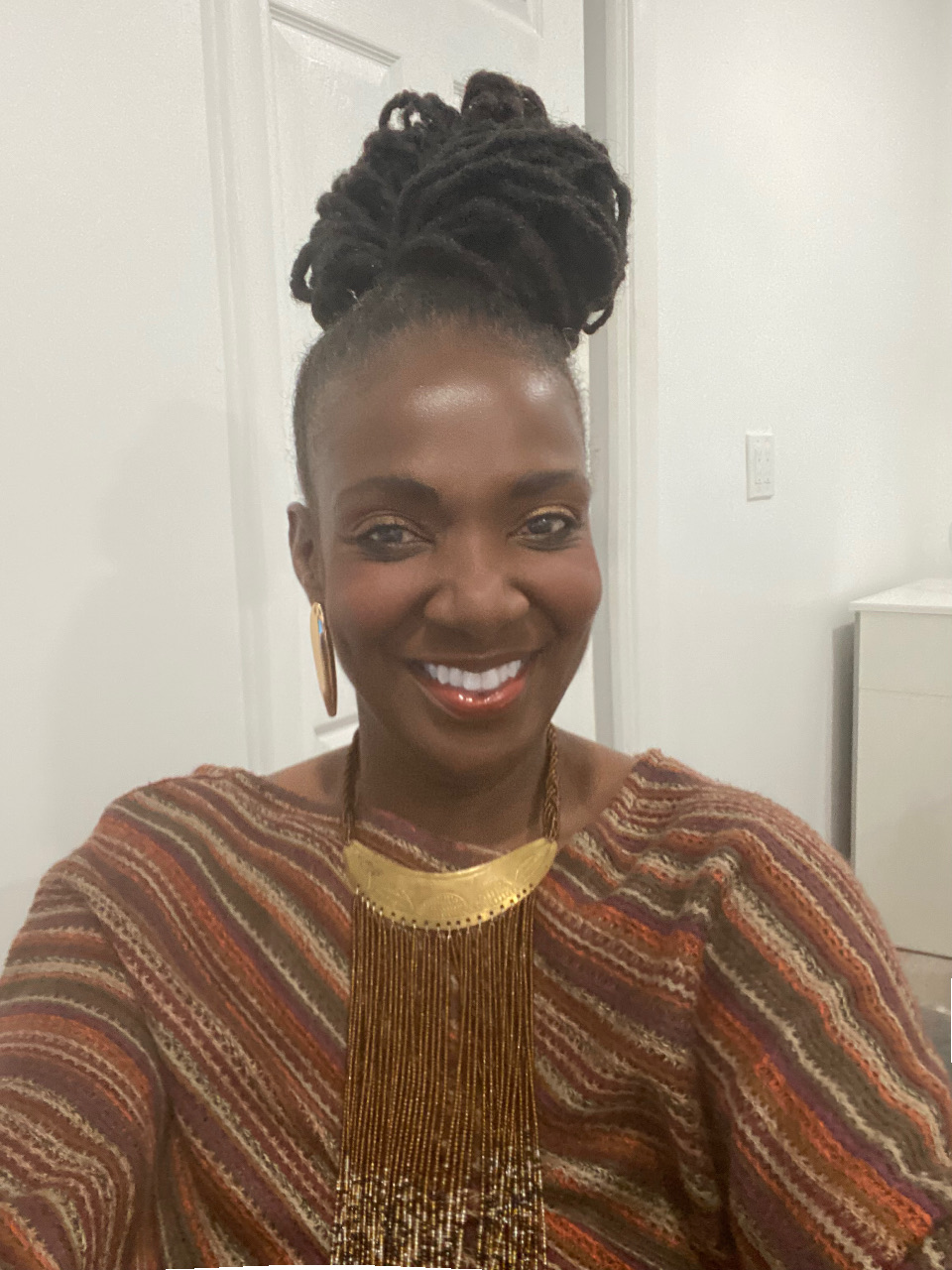All SSAT Upper Level Reading Resources
Example Questions
Example Question #61 : Context Dependent Meanings Of Words And Phrases In Literary Fiction Passages
Passage adapted from Great Expectations by Charles Dickens (1861)
I was half afraid. However, the only thing to be done being to knock at the door, I knocked, and was told from within to enter. I entered, therefore, and found myself in a pretty large room, well lighted with wax candles. No glimpse of daylight was to be seen in it. It was a dressing-room, as I supposed from the furniture, though much of it was forms and uses then quite unknown to me. But prominent in it was a draped table with a gilded looking-glass, and that I made out at first sight to be a fine lady’s dressing-table. Whether I should have made out this object so soon, if there had been no fine lady sitting at it, I cannot say. In an armchair, with an elbow resting on the table and her head leaning on that hand, sat the strangest lady I have ever seen, or shall ever see. She was dressed in rich materials--satins, and lace and silks -- all of white. Her shoes were white. And she had a long white veil dependent from her hair, and she had bridal flowers in her hair, but her hair was white. Some bright jewels sparkled on her neck and on her hands, and some other jewels lay sparkling on the table. Dresses, less splendid than the dress she wore, and half-packed trunks, were scattered about. She had not quite finished dressing, for she had but one shoe on -- the other was on the table near her hand -- her veil was but half arranged, her watch and chain were not put on, and some lace for her bosom lay with those trinkets, and with her handkerchief, and gloves, and some flowers, and a Prayer-book, all confusedly heaped about the looking-glass. It was not in the first few moments that I saw all these things, though I saw more of them in the first moments than might be supposed. But, I saw that everything within my view which ought to be white, had been white long ago, and had lost its lustre, and was faded and yellow. I saw that the bride within the bridal dress had withered like the dress, and like the flowers, and had no brightness left but the brightness of her sunken eyes. I saw that the dress had been put upon the rounded figure of a young woman, and that the figure upon which it now hung loose, had shrunk to skin and bone. Once I had been taken to see some ghastly waxwork at the Fair, representing I know not what impossible personage lying in state. Once, I had been taken to one of our old marsh churches to see a skeleton in the ashes of a rich dress, that had been dug out of a vault under the church pavement. Now, waxwork and skeletons in the ashes of a rich dress, that had been dug out of a vault under the church pavement. Now, waxwork and skeleton seemed to have dark eyes that moved and looked at me. I should have cried out, if I could.
In the context of the passage, "ghastly waxwork" most likely refers to __________________.
a collection of candles meant to be displayed at Halloween
a wax image of a famous person displayed in a museum
san image of a horrifying scene done entirely in wax
a wax mask of the strange lady's face
a piece of artwork by the strange lady that turned out really poorly
a wax image of a famous person displayed in a museum
The writer describes the "ghastly waxwork" as "representing I know not what impossible personage lying in state," thus identifying it as a statue of a dead person.
Certified Tutor
Certified Tutor
All SSAT Upper Level Reading Resources




